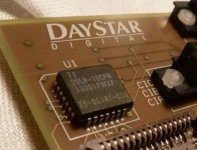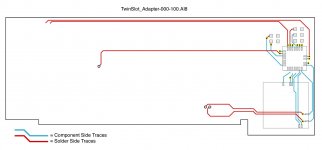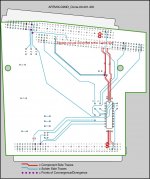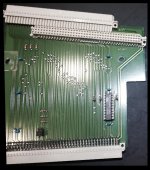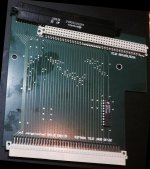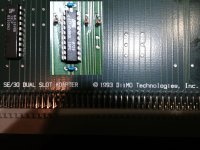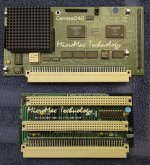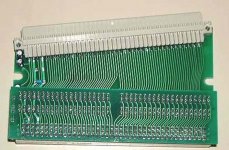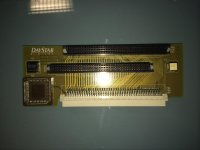Trash80toHP_Mini
NIGHT STALKER
Noticed something strange about what appear to be connections between the FPU pads and the GAL(?) adapter IC on this board. Since there's an SE/30 Adapter Cloning Project, a dedicated thread concerning this facet of the overall PowerCache Adapter Cloning Project seems in order. Lines of research are beginning to get muddled. :
View attachment 11264
This PCB is a humdinger! There are traces visible on subsurface layers on both sides of this four(?) layer board.
edit: any help in buzzing connections on this card would be a significant contribution and greatly appreciated.
View attachment 11264
This PCB is a humdinger! There are traces visible on subsurface layers on both sides of this four(?) layer board.
edit: any help in buzzing connections on this card would be a significant contribution and greatly appreciated.
Last edited by a moderator:


